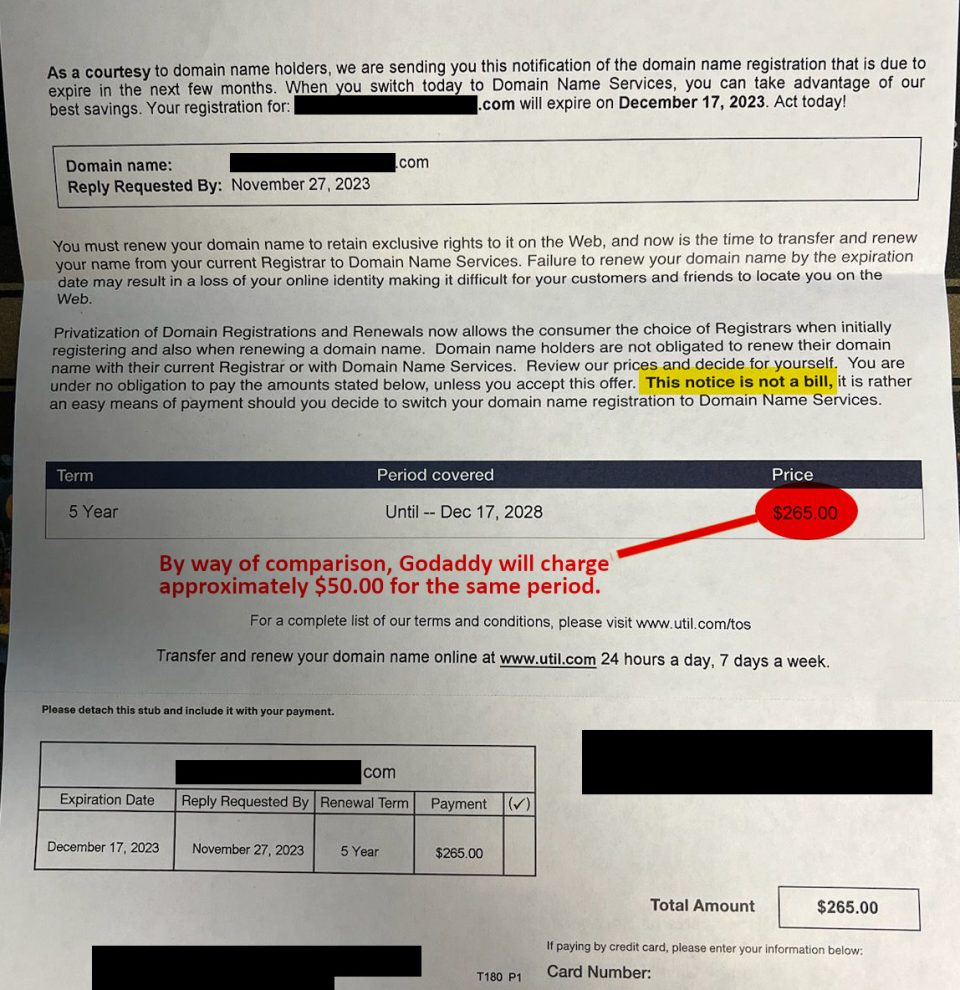Federal agencies have proposed to change their requirements for what developers must do to make up for wetlands destroyed by construction projects. One result, agency officials say, could be to encourage use of “mitigation banks,” wetlands tracts that are preserved or newly created that can be used to offset lost wetlands elsewhere.
Benjamin Grumbles, the Environmental Protection Agency’s assistant administrator for water, says the new regulation, announced March 27, “takes us to the next level” in wetlands conservation and restoration. He says the rule, proposed jointly by EPA and the Army Corps of Engineers, will accelerate the pace of restoring wetlands, increase accountability and provide “clear, results-oriented standards” for replacing lost tracts.
George Dunlop, deputy assistant Army secretary for civil works, says that the new rule doesn’t increase or decrease the amount of required wetlands mitigation. But he says it does mark a change from the current “top down, one size fits all” system to a “compliance-based as opposed to an enforcement-based” program.
advertisement
When developers seek a permit under Section 404 of the Clean Water Act to dredge or fill wetlands, they must follow a three-part sequence: minimize wetlands losses, mitigate such losses or, when damage is unavoidable, compensate for it by creating a new wetland somewhere else, buying mitigation bank “credits” or paying a fee.
A Corps-EPA information sheet says that “compensatory mitigation” for lost wetlands now has varying standards and criteria. The agencies add, “The [new] rule establishes a single set of standards which all forms of [wetlands] compensation must satisfy that is based on better science, increased public participation and innovative market-based tools.”
Grumbles says the proposed rule requires developers seeking a permit to provide regulators with a specific wetlands mitigation plan and then be subject to monitoring for five years.
If a builder chooses to use a mitigation bank, Grumbles says the proposal spells out standards and criteria for a bank’s scope and a process to ensure that it is ecologically sound. If a developer decides to pay a compensatory fee, there would be much more accountability required, he adds.
Craig Denisoff, president of the National Mitigation Banking Association, said, “These regulations can improve the Section 404 program for all participants–the permit applicants, the mitigation providers, the federal agencies, and most importantly, the physical environment.”
The proposed rule is posted on the EPA’s web site.




